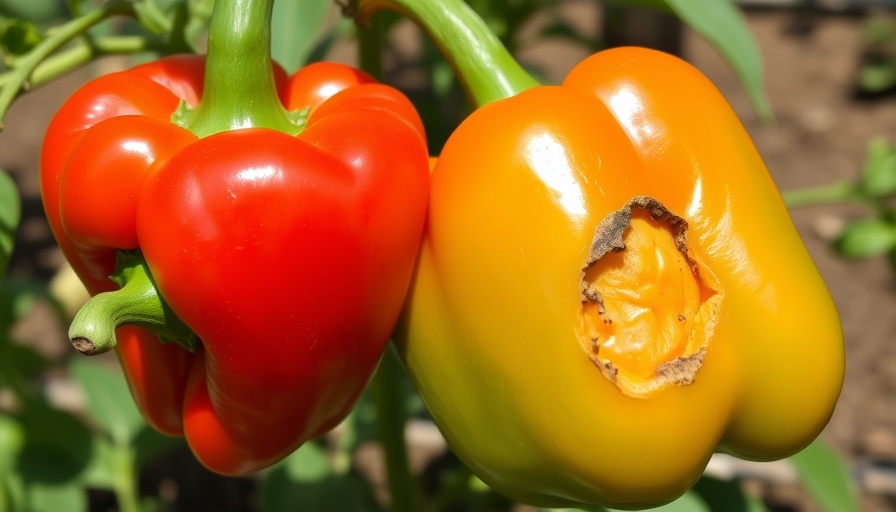
Transform Your Garden: Avoid These Common Pepper Growing Mistakes
Gardening enthusiasts know that cultivating a bountiful vegetable garden is both an art and a science. One of the most rewarding and popular plants to grow is peppers, known for their vibrant colors and spicy flavors. However, even seasoned gardeners can fall prey to common mistakes that can hinder the growth of these delightful vegetables. By recognizing and avoiding these pitfalls, you can elevate your gardening skills and ensure a flourishing pepper harvest.
Understanding the Importance of Soil Quality
Soil is the foundation of any successful garden, and peppers are no exception. A common mistake made by beginners is neglecting soil quality. Peppers thrive in well-draining, nutrient-rich soil with a pH level between 6.0 and 6.8. To create the perfect environment for your peppers, consider amending your garden soil with compost and organic matter. This not only enhances soil fertility but also improves water retention—vital for your growing plants.
Watering: The Fine Line Between Too Much and Too Little
Another critical aspect of growing peppers is finding that delicate balance with watering. Overwatering can lead to root rot, while underwatering can stress the plants. It’s essential to water deeply but less frequently, allowing the topsoil to dry out before the next session. Invest in a quality garden hose or watering system to help automate this process, ensuring consistent watering without the risk of drowning your plants.
Sunlight: Let There Be Light!
Peppers love sunlight and require at least 6-8 hours of direct sunlight daily. A common error is planting peppers in shaded areas or during seasons lacking sufficient sunlight. If you're working with a small garden, consider using vertical gardening techniques to maximize your sun exposure while keeping your garden space efficient. With proper placement, your pepper plants will not only grow stronger but also bear more fruit!
Pest Control: Staying Vigilant
Pest management is another crucial factor. Aphids, spider mites, and thrips are common enemies of pepper plants. Regularly inspecting your plants and employing eco-friendly pest control measures can help protect your harvest. Don't hesitate to look for organic options available at your local garden center to create an eco-conscious, thriving garden. Keeping pests at bay ensures that your plants have the best chance to grow and produce yields.
Companion Planting: The Secret to a Thriving Garden
Companion planting is a strategy that involves planting different species in close proximity for mutual benefits, and it’s an excellent tactic for growing peppers. Marigolds and basil, for example, can ward off pests and help peppers grow stronger. Take time to plan your garden layout, integrating these companion plants to foster enhanced growth and productivity.
Using Quality Seeds: The First Step to Success
Starting with high-quality seeds or healthy seedlings is pivotal in ensuring a productive pepper harvest. Often, beginners may settle for cheaper options without researching the seed source. Opt for reputable gardening suppliers that provide certified seeds to avoid potential disease issues. Healthy plants from the start lead to fewer complications down the road and greater satisfaction when harvest time arrives.
Regular Maintenance: Your Garden Needs You!
Finally, consistent maintenance is the key to a thriving garden. Regularly check for weeds, watering habits, and plant health. Utilizing gardening tools, such as gloves and pruning shears, can make the chores easier and more enjoyable. Investing time into garden care pays off when your harvest becomes plentiful, and the impact of fresh produce enhances your family meals.
Conclusion: Embrace the Journey of Gardening
Fostering a successful pepper garden is a gratifying journey filled with learning experiences. By avoiding common mistakes and understanding the needs of your plants, you not only enrich your gardening skills but also strengthen your connection to nature. So gather your gardening tools, prepare your plot, and watch as your peppers flourish! Remember, every gardener started as a novice, and with care and patience, you can grow a vibrant pepper garden of your own.
 Add Row
Add Row  Add
Add 




Write A Comment